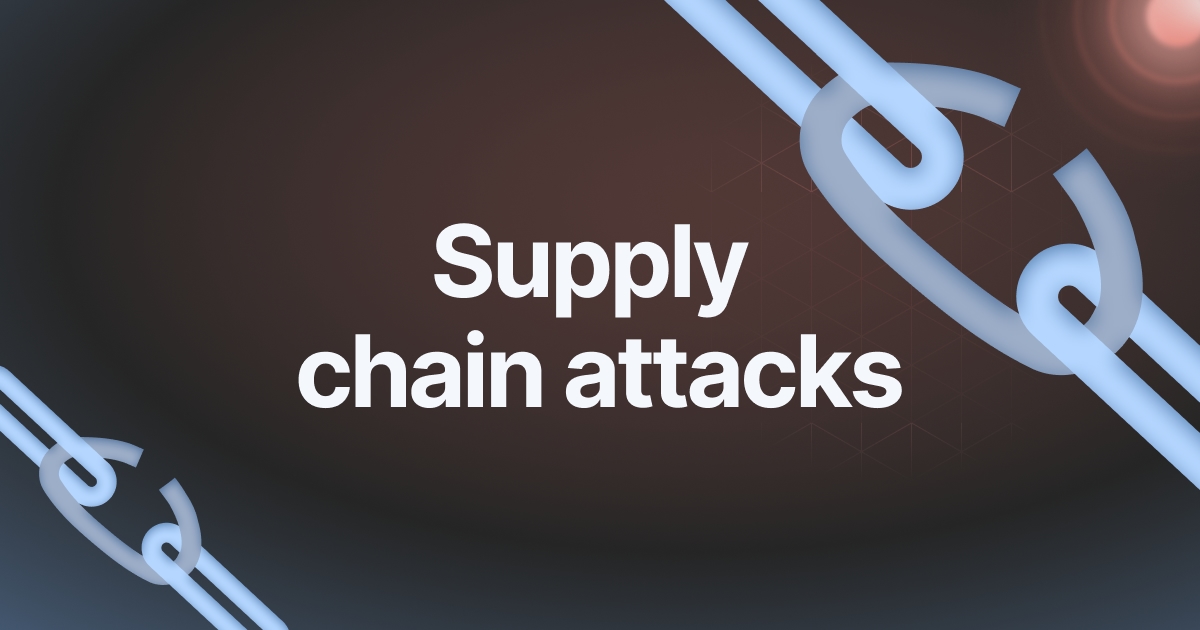In today’s interconnected digital world, the idea of a secure “perimeter” surrounding your company’s data is fast becoming obsolete. The Supply Chain Attack is a new cyberattack that exploits the web of complex services and software upon which businesses depend. This article examines the attack on supply chains as well as the threat landscape and the vulnerabilities of your company. It also provides steps you can take to improve your security.

The Domino Effect – How a small flaw could cripple your business
Imagine this scenario: Your business is not using an open source software library, which has a known vulnerability. The data analytics provider on which you rely heavily does. This seemingly minor flaw can become your Achilles’ heel. Hackers can exploit this flaw to gain access to the systems of service providers. They now are able to gain access into your company’s systems, thanks to an invisible third-party connection.
This domino-effect is a perfect illustration of how insidious supply chain attacks are. They infiltrate seemingly secure systems by exploiting weaknesses of partners’ programs, open-source libraries, or cloud-based services. Talk to an expert for Supply Chain Attack Cybersecurity
Why Are We Vulnerable? The Rise of the SaaS Chain Gang
Actually, the very factors that fueled the current digital age – in the past – the widespread adoption of SaaS software and the interconnectedness between software ecosystems – have led to the perfect storm of supply chain threats. The immense complexity of these systems make it hard to keep track of every single piece of software an organization has interaction with or even interacts with indirectly.
Beyond the Firewall: Traditional Security Measures aren’t enough
The conventional cybersecurity strategies which focused on strengthening your own systems are no longer sufficient. Hackers are adept at finding the weakest link in the chain, bypassing firewalls and perimeter security to infiltrate your network via trusted third-party vendors.
Open-Source Surprise There is a difference! code that is free is made equally
The widespread popularity of open-source software is a risk. While open-source libraries offer numerous benefits, their widespread use and the possibility of relying on developers who volunteer to work for them can lead to security issues. A single vulnerability that has not been addressed in a widely used library can expose countless organizations who did not realize they had it in their systems.
The Invisible Threat: How to Find a Supply Chain Risk
It can be difficult to spot supply chain-related attacks due to the nature of the attacks. Some indicators could be cause for concern. Strange login patterns, strange data actions, or sudden software upgrades by third-party vendors could signal a compromised ecosystem. A major security breach in a library or service provider that is frequently used is a good reason to take action immediately.
Building a fortress in a fishbowl: Strategies for reduce the risk of supply chain risks
What can you do to strengthen your defenses against these invisible threats. Here are some important steps to take into consideration:
Checking Your Vendors : Use an extensive selection process for vendors that includes an evaluation of their cybersecurity practices.
Map Your Ecosystem : Create an inventory of all the software, libraries and services your organization uses, in a direct or indirect way.
Continuous Monitoring: Monitor your systems for suspicious activity, and follow security updates from every third-party vendors.
Open Source With Caution: Use caution when integrating any open-source libraries. Choose those with established reputations and an active maintenance community.
Transparency is essential to build trust: Encourage vendors to adopt robust security measures and encourage open communication with you about the possibility of vulnerabilities.
The Future of Cybersecurity: Beyond Perimeter Defense
The increase in supply chain threats requires change in the way companies deal with cybersecurity. It is no longer sufficient to only focus on your own defenses. Businesses must adopt an integrated approach and prioritize collaboration with vendors, fostering transparency in the software ecosystem, and proactively protecting themselves from risks in their digital supply chain. You can protect your business in a complex, connected digital ecosystem by recognizing the potential threat of supply chain threats.